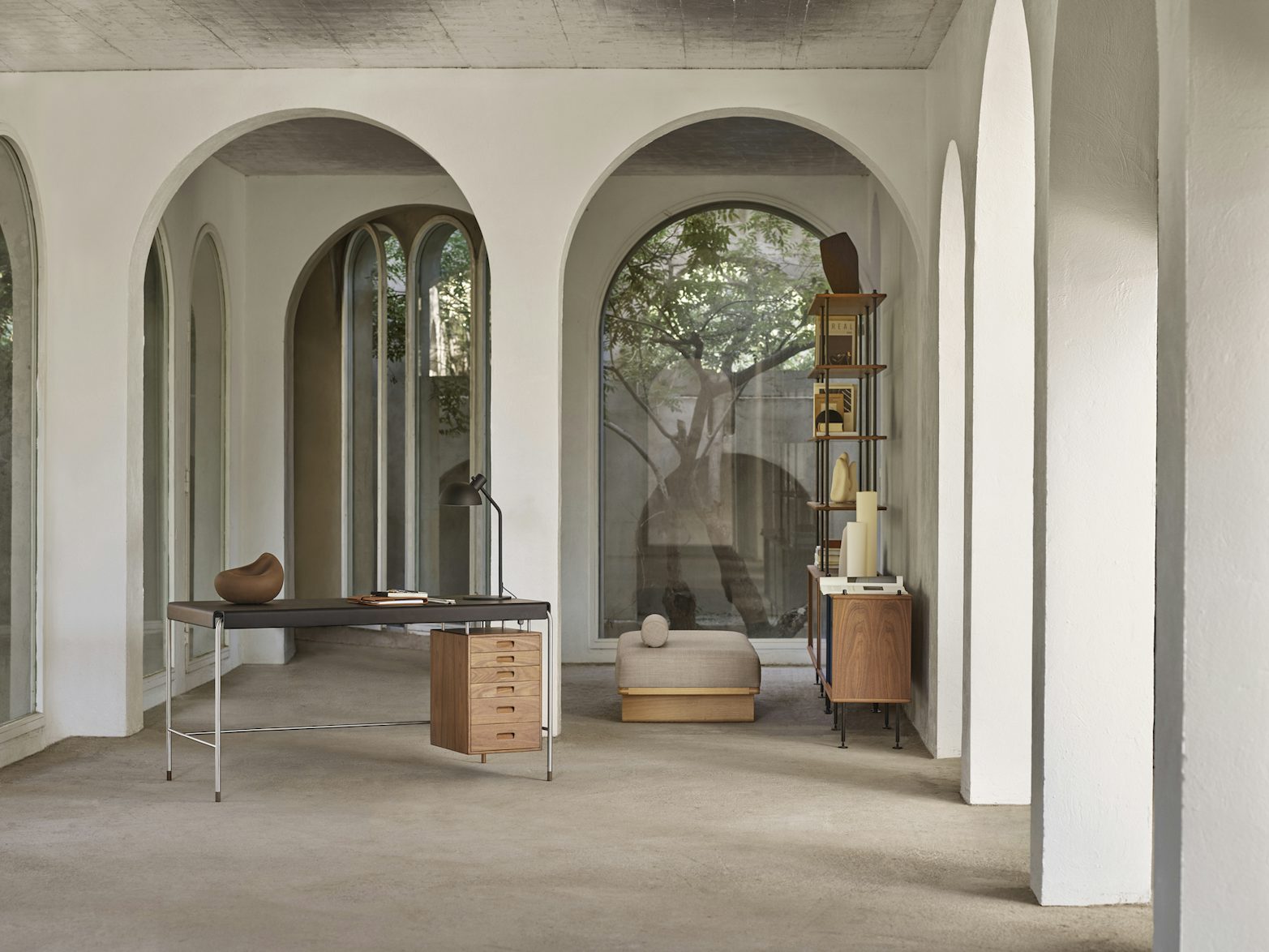
by Arne Jacobsen
for Carl Hansen & Søn
Carl Hansen founded his company in 1908 on a strong belief: Outstanding craftsmanship and serial production could go hand-in-hand to provide customers with high-quality furniture at a reasonable price. Today, the brand continues to build on this idea, combining traditional woodworking techniques with the latest technology to produce furniture of lasting value.
A collaboration with design icon Hans J. Wegner led to the creation of many of the company’s signature offerings, starting with the first four chairs that he designed in 1949. Among them was CH24, known as the Wishbone chair, which became an international icon and remains widely specified to this day.
Most of the furniture produced by Carl Hansen & Søn was created by leading Danish talents from the 1930’s to the 1960’s, but the design, vision, and craftsmanship behind every piece of furniture are still relevant today. Dedication to working with the best materials and the best designers has and will always be fundamental to Carl Hansen & Søn. The Danish brand is committed to producing furniture with a long life, made of wood harvested from sustainably managed forests and treated in a way that is as gentle as possible for the environment. Carl Hansen & Søn’s skilled craftspeople ensure the unparalleled quality of every piece of furniture that leaves the factory in Gelsted.
Carl Hansen & Søn has cemented its global presence with flagship stores in New York, San Francisco, Tokyo, Osaka, London, Milan, Stockholm, and Oslo. Context Gallery has been a trusted partner with Carl Hansen & Søn for over a decade.

by Arne Jacobsen
for Carl Hansen & Søn

by Bodil Kjær
for Carl Hansen & Søn
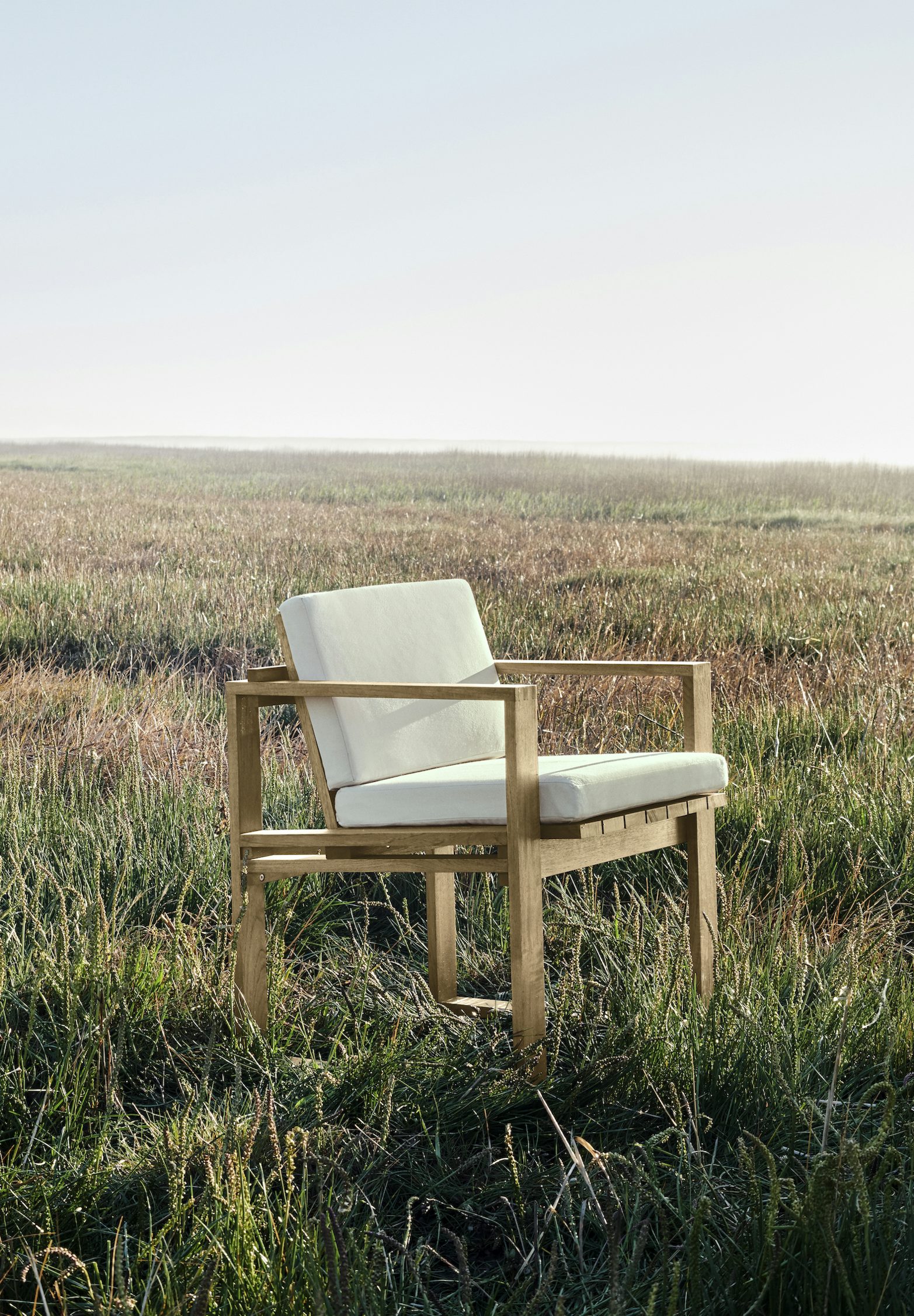
by Bodil Kjær
for Carl Hansen & Søn
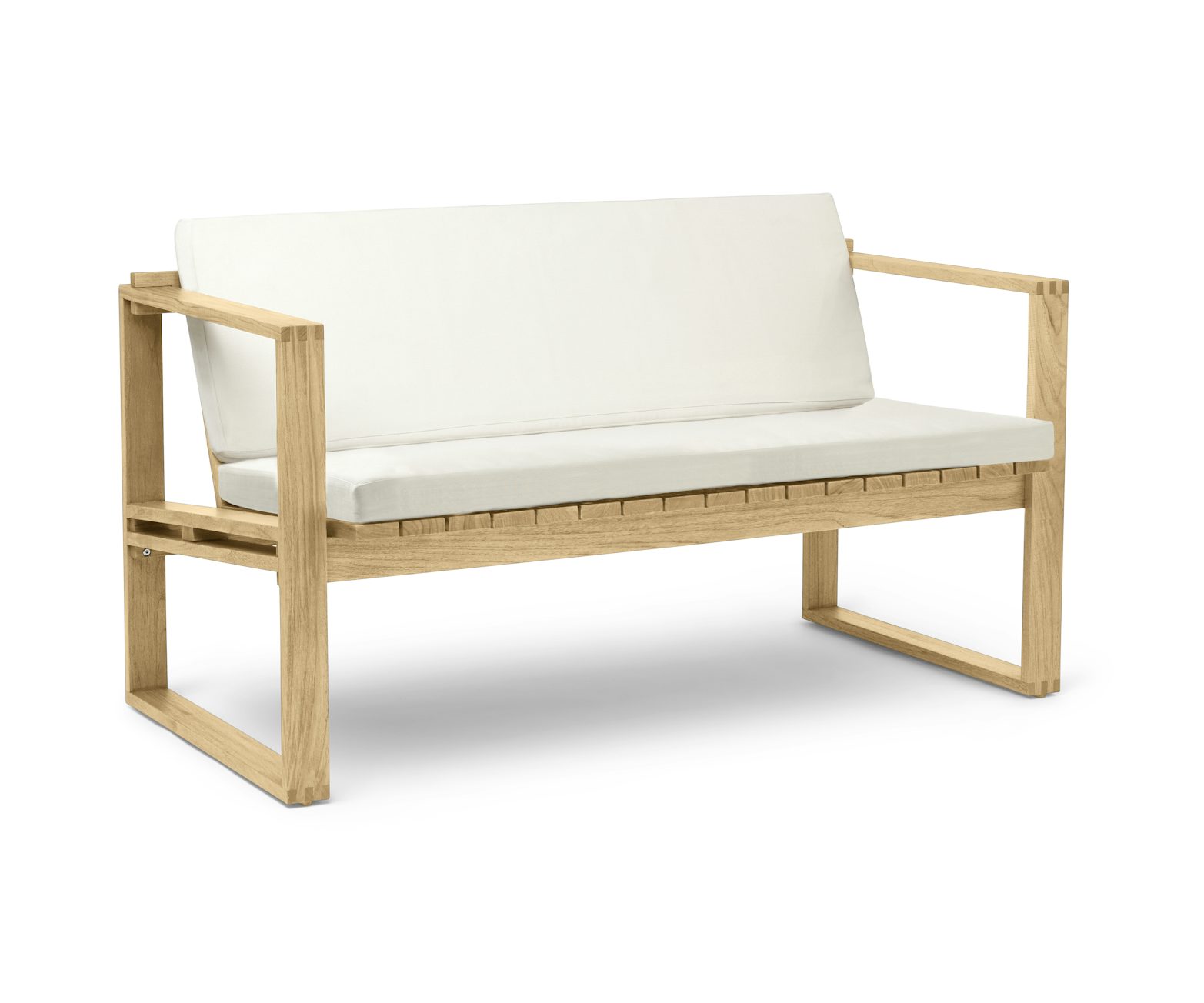
by Bodil Kjær
for Carl Hansen & Søn
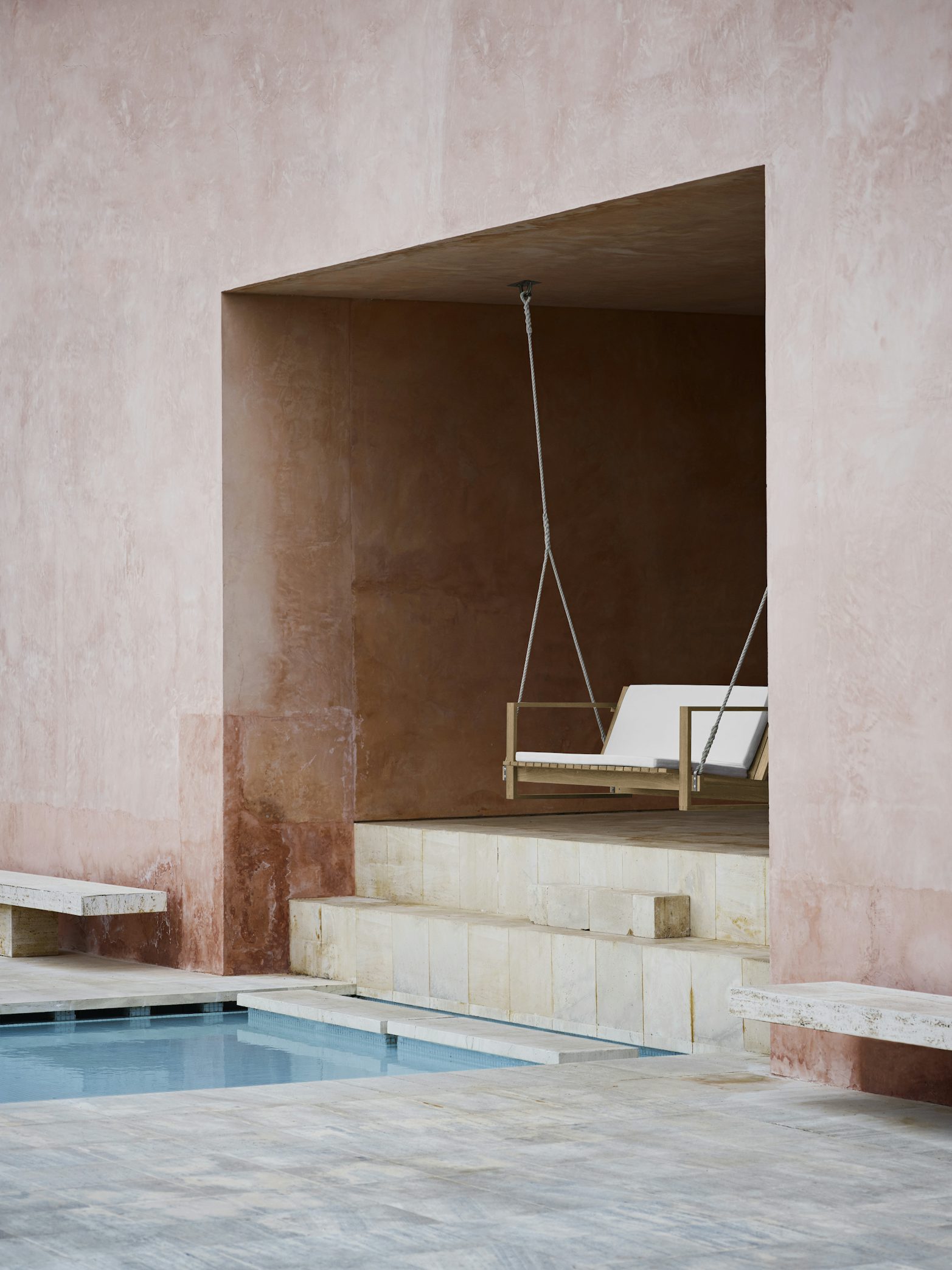
by Bodil Kjær
for Carl Hansen & Søn

by Bodil Kjær
for Carl Hansen & Søn
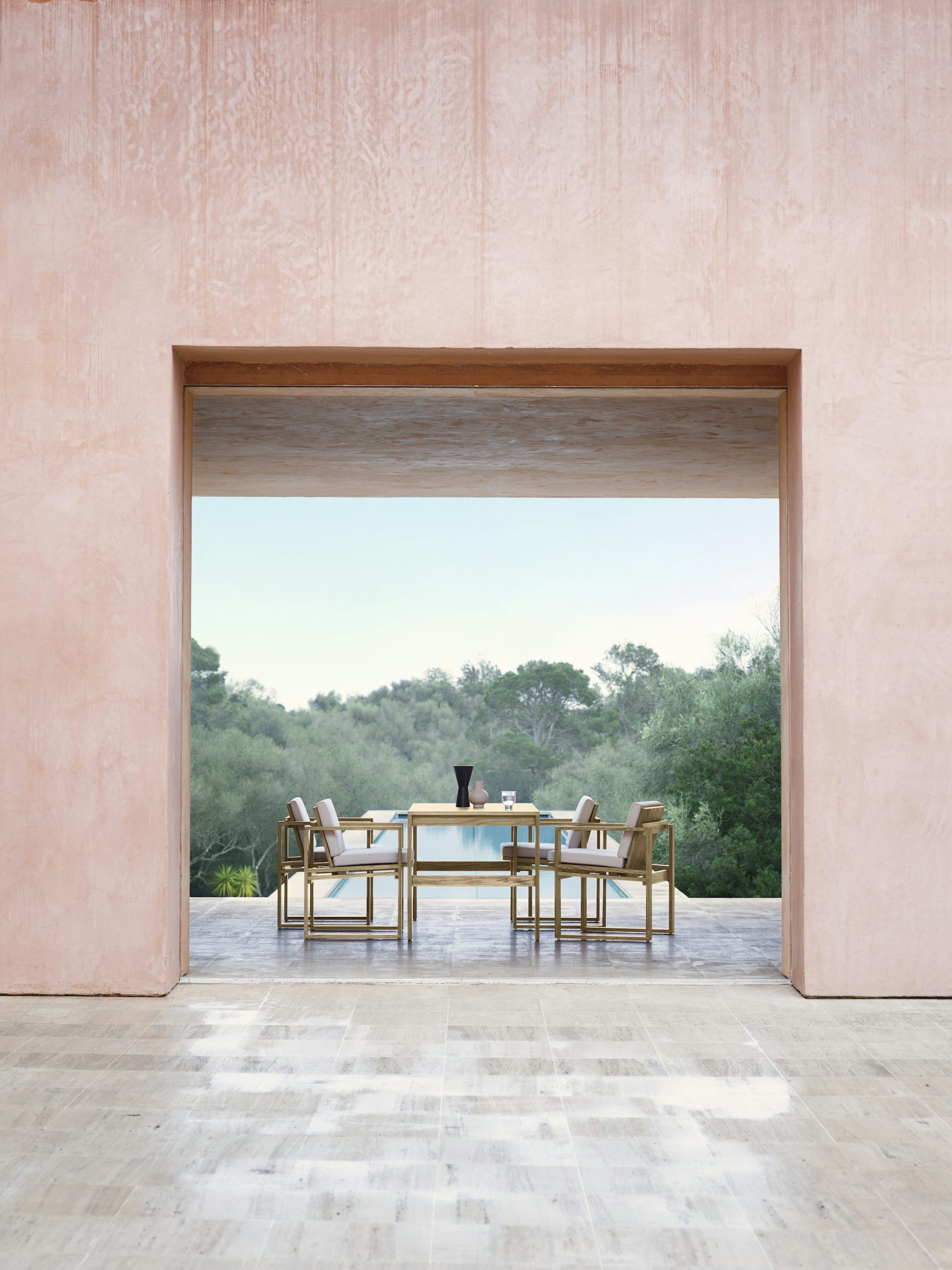
by Bodil Kjær
for Carl Hansen & Søn
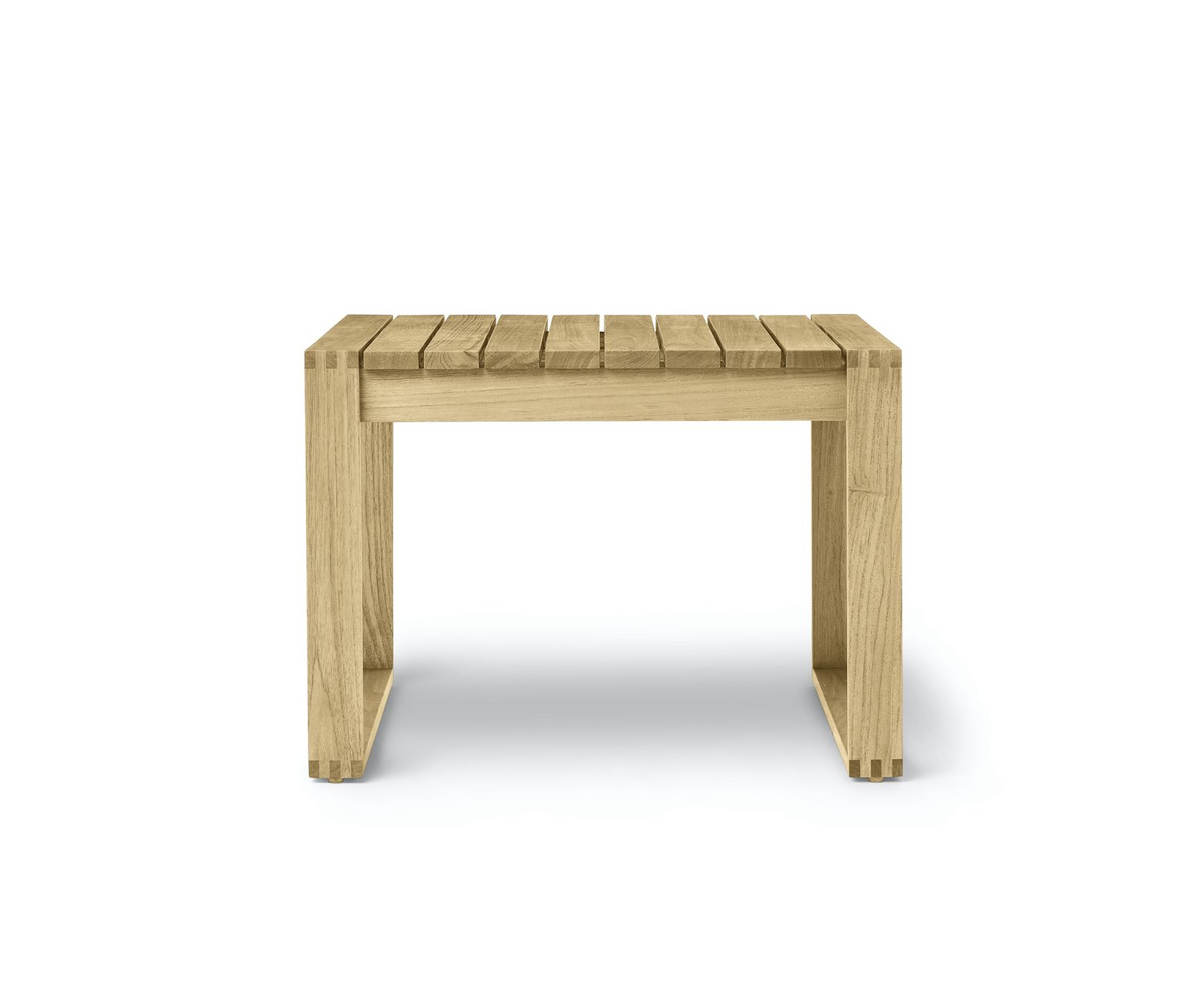
by Bodil Kjær
for Carl Hansen & Søn

by Børge Mogensen
for Carl Hansen & Søn
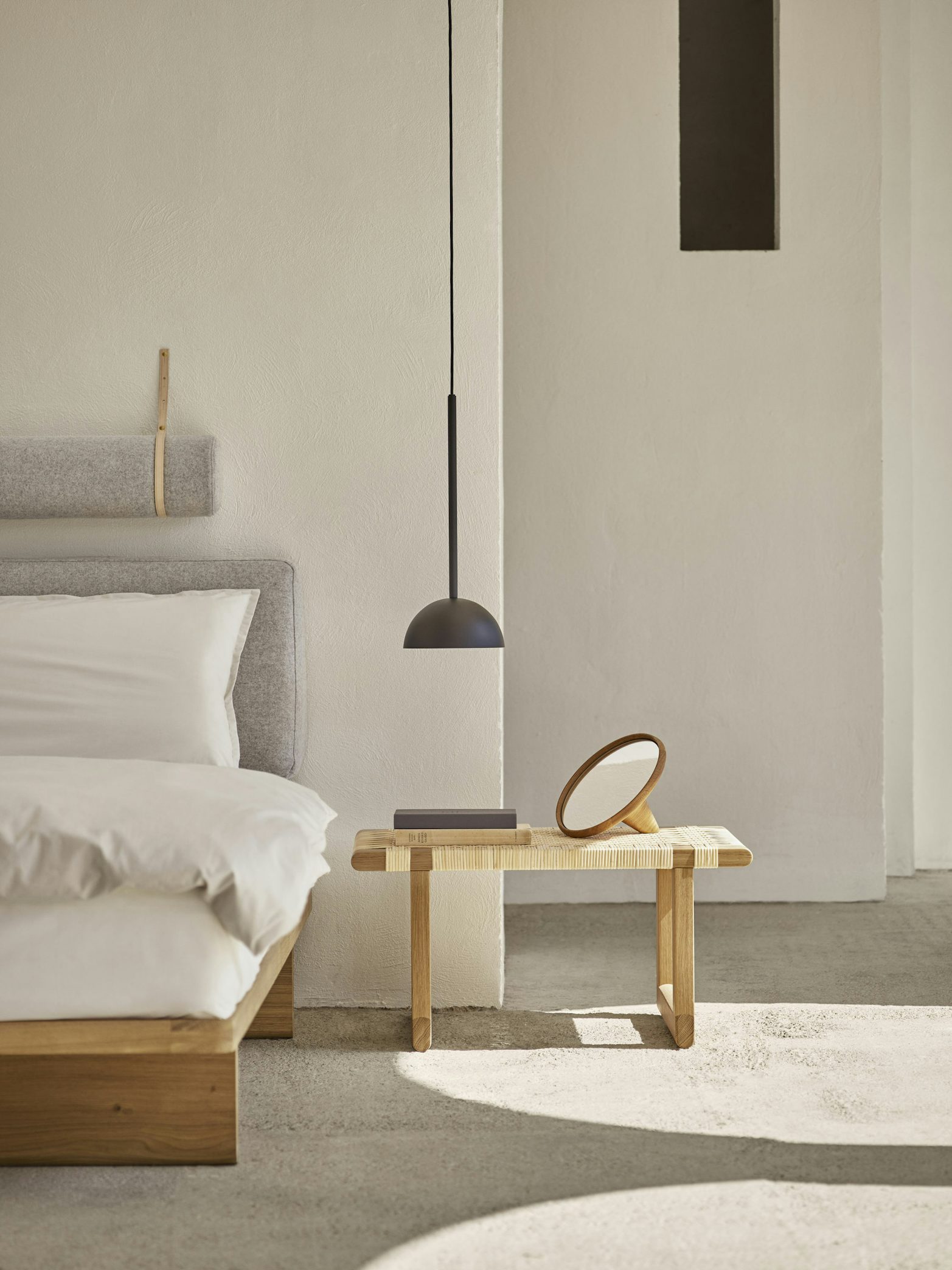
by Børge Mogensen
for Carl Hansen & Søn

by Børge Mogensen
for Carl Hansen & Søn
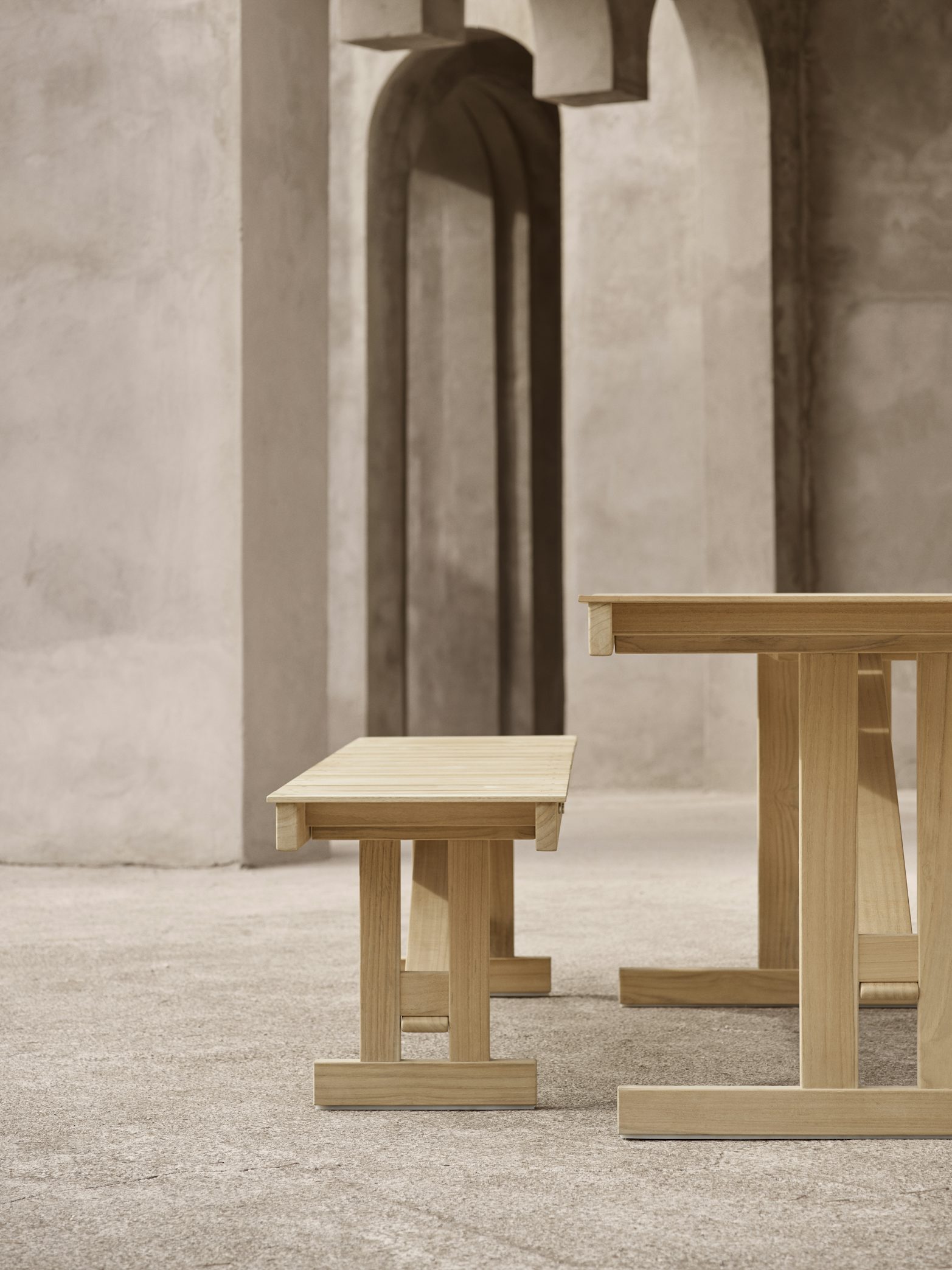
by Børge Mogensen
for Carl Hansen & Søn
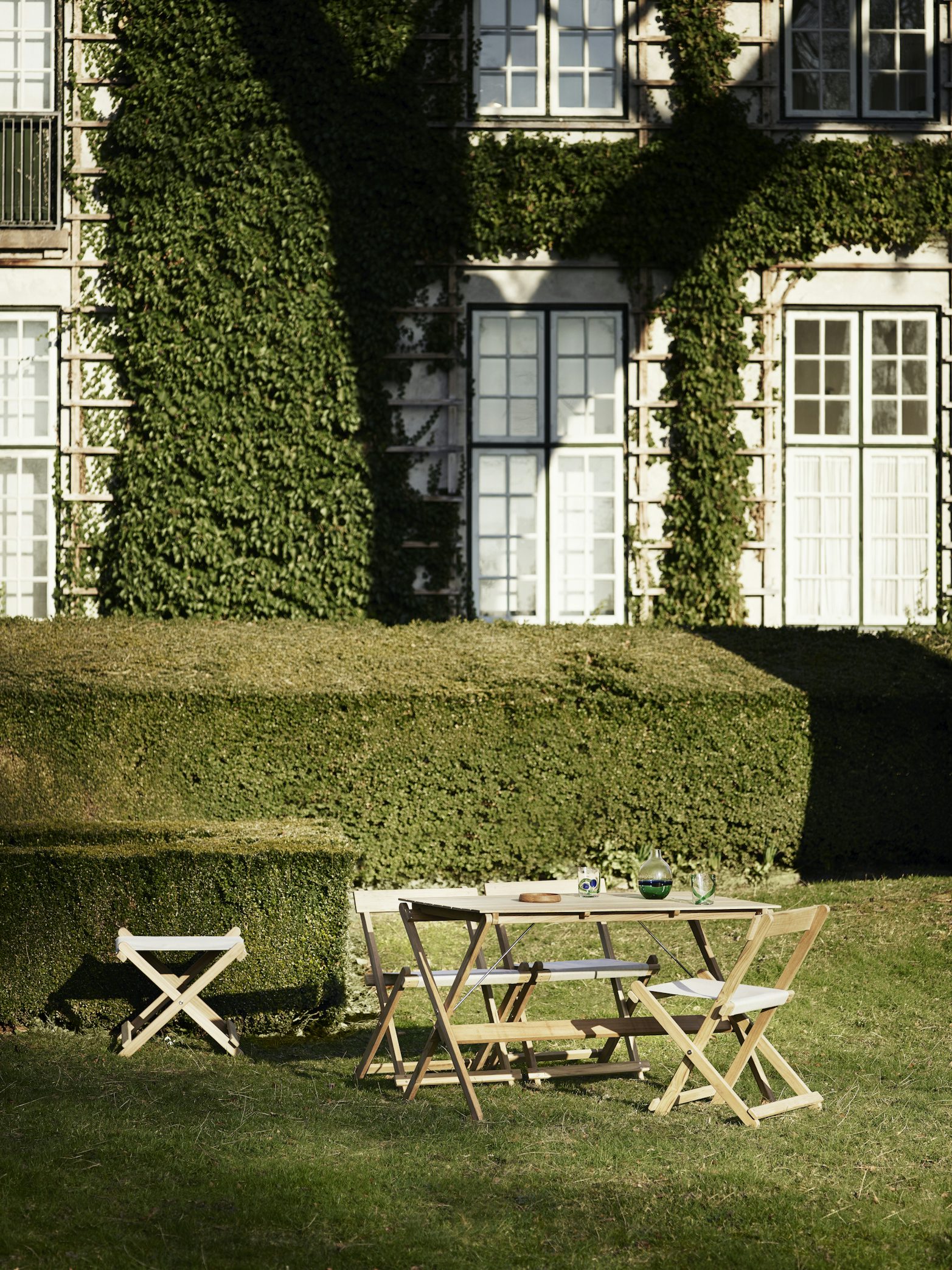
by Børge Mogensen
for Carl Hansen & Søn
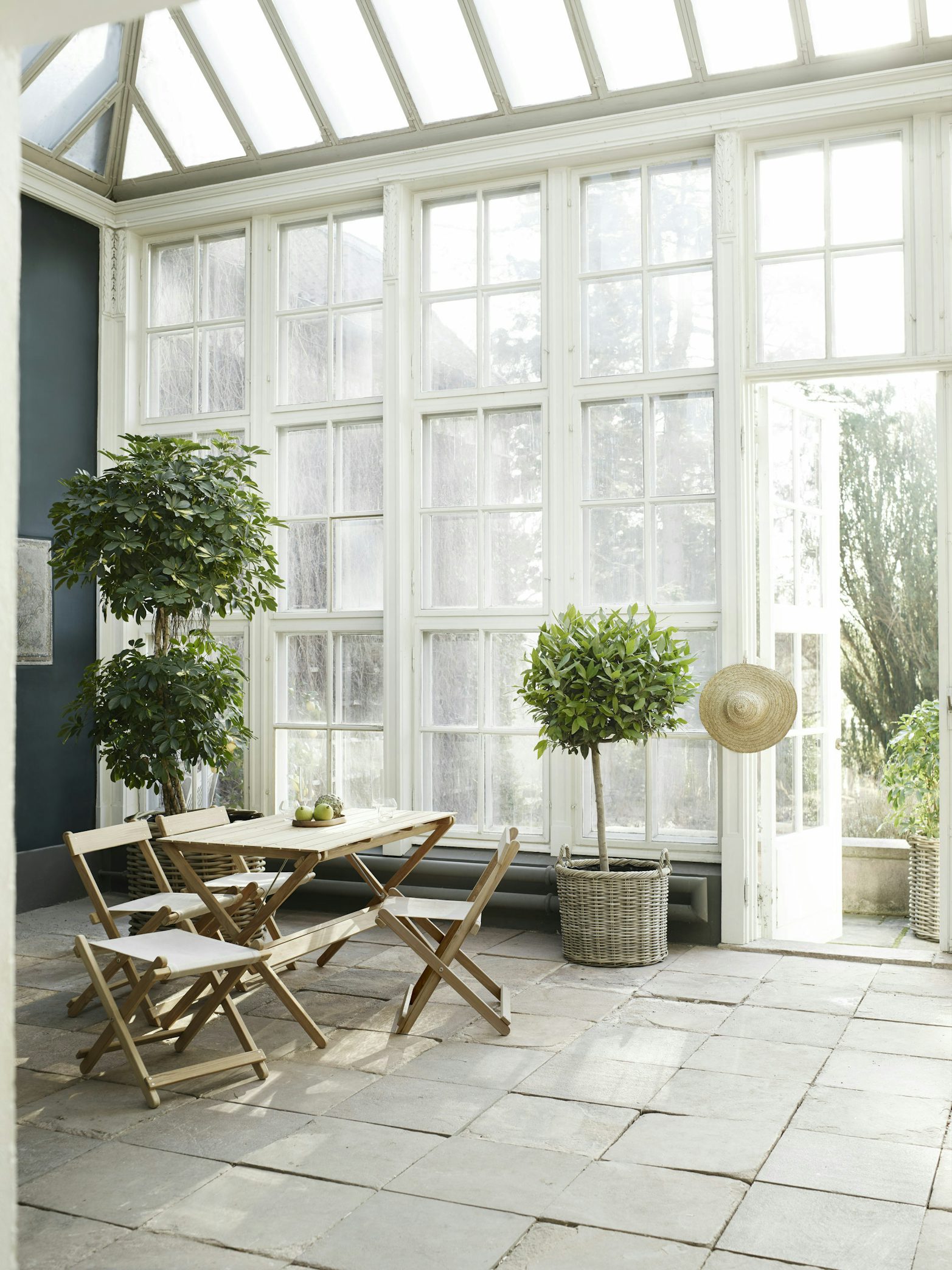
by Børge Mogensen
for Carl Hansen & Søn
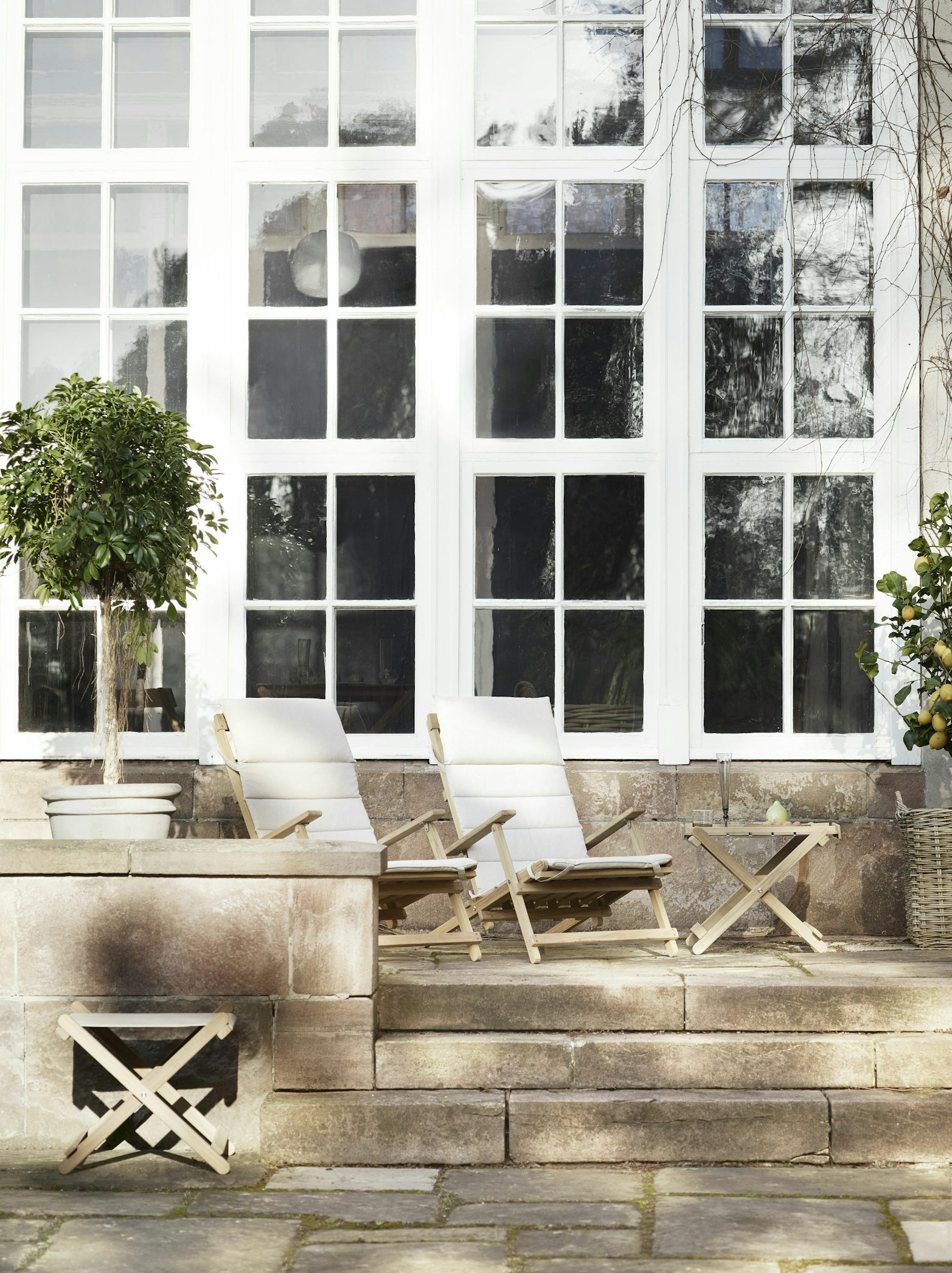
by Børge Mogensen
for Carl Hansen & Søn
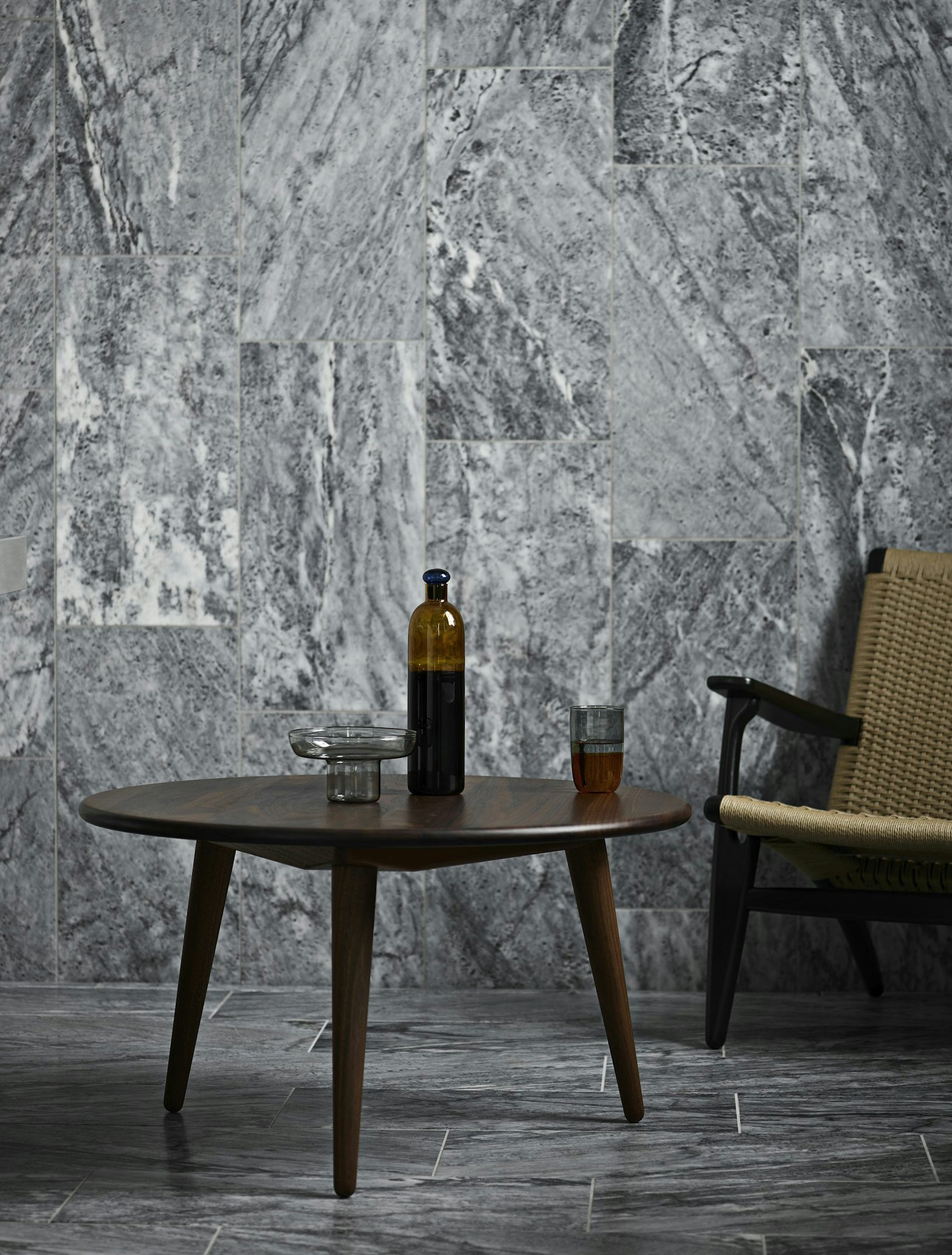
by Hans J. Wegner
for Carl Hansen & Søn
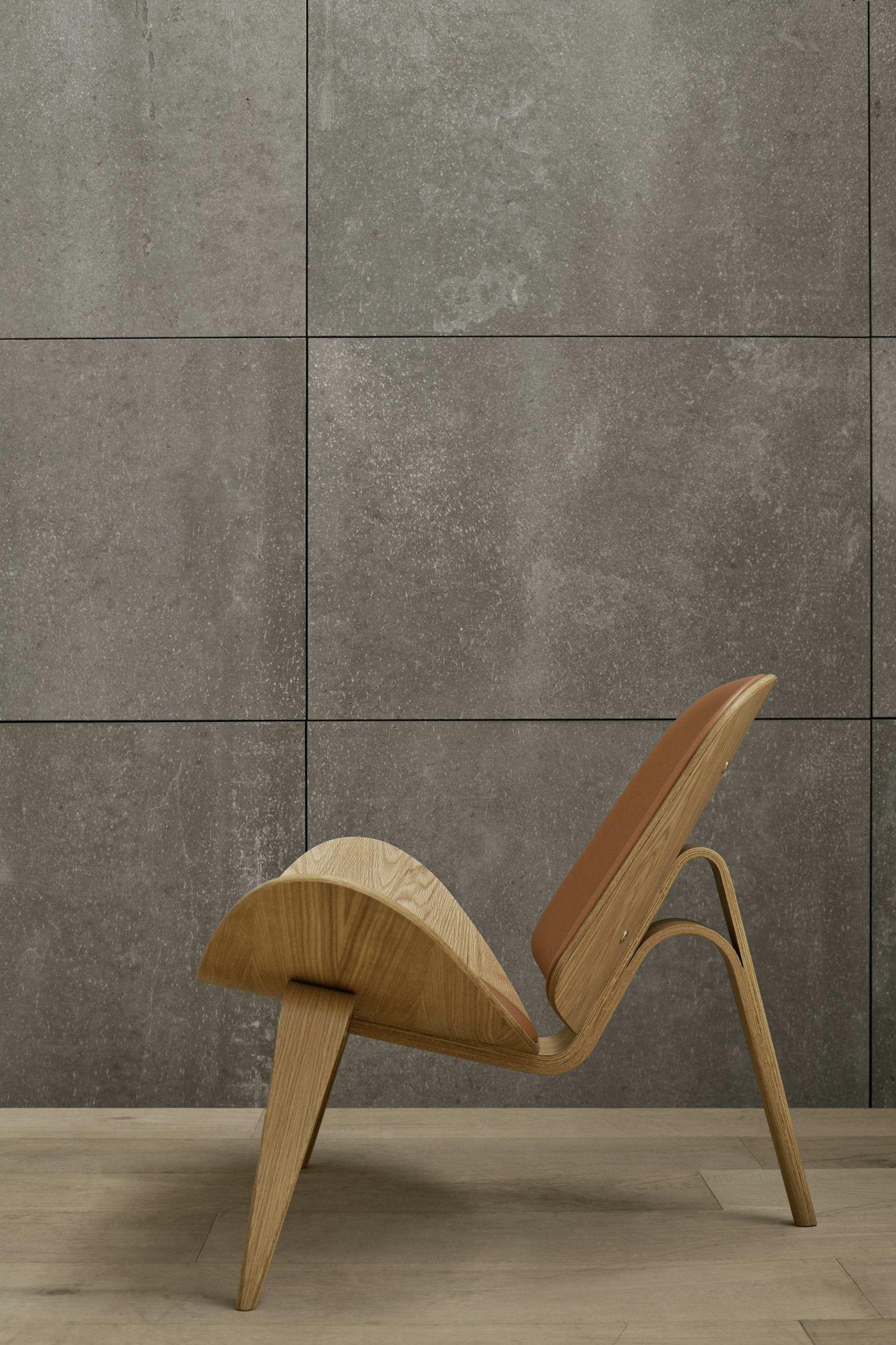
by Hans J. Wegner
for Carl Hansen & Søn
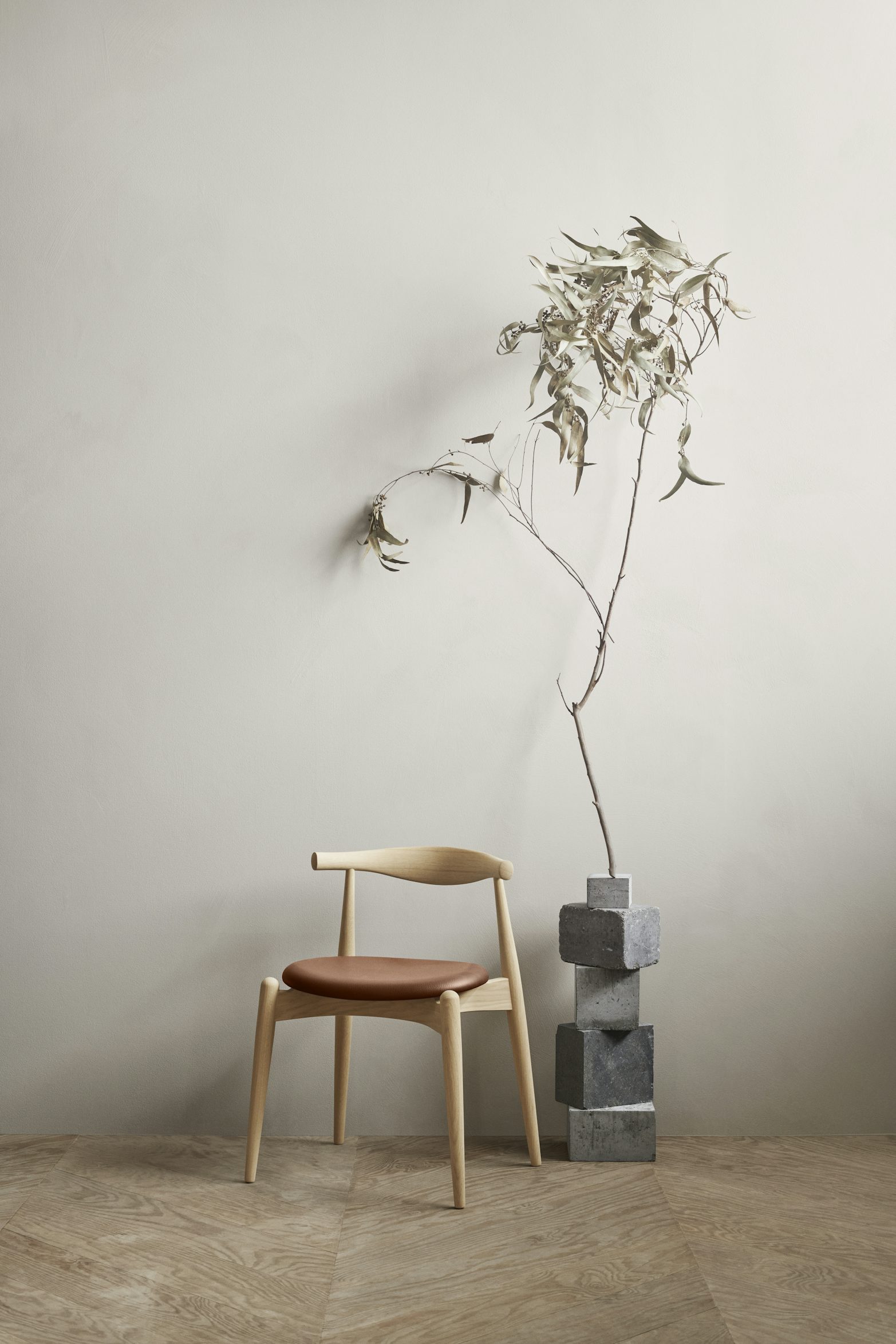
by Hans J. Wegner
for Carl Hansen & Søn

by Hans J. Wegner
for Carl Hansen & Søn
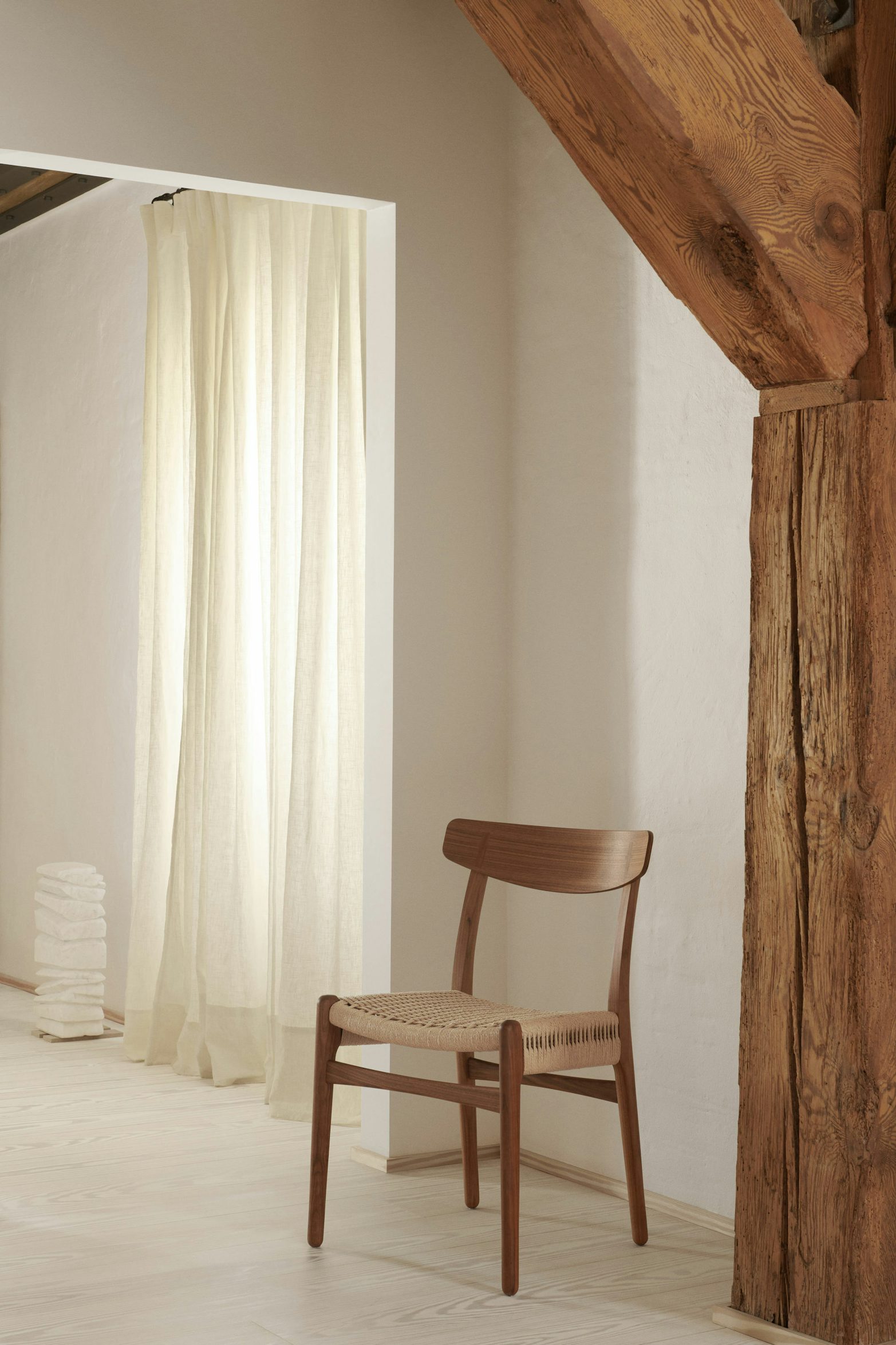
by Hans J. Wegner
for Carl Hansen & Søn

by Hans J. Wegner
for Carl Hansen & Søn
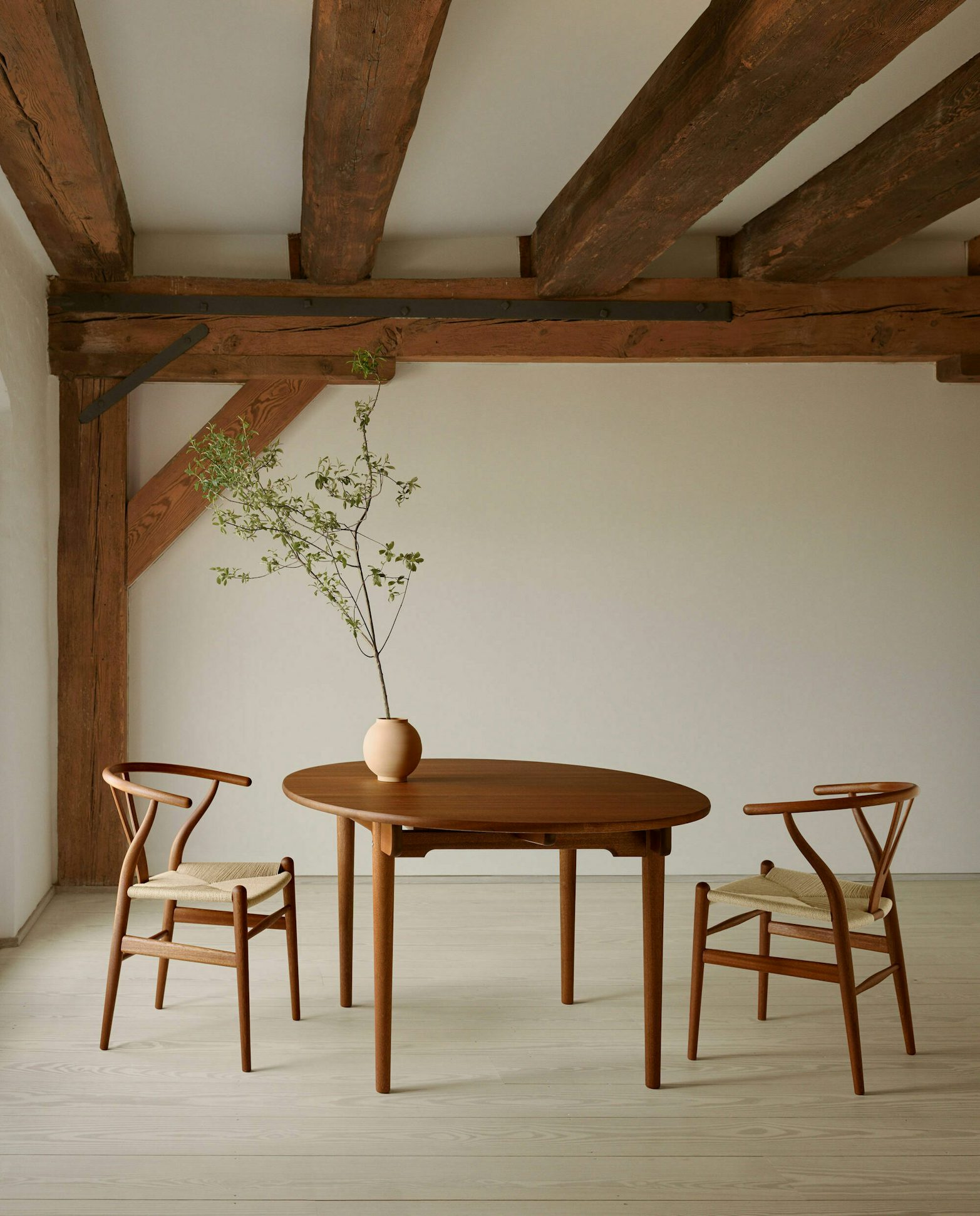
$1,215
by Hans J. Wegner
for Carl Hansen & Søn
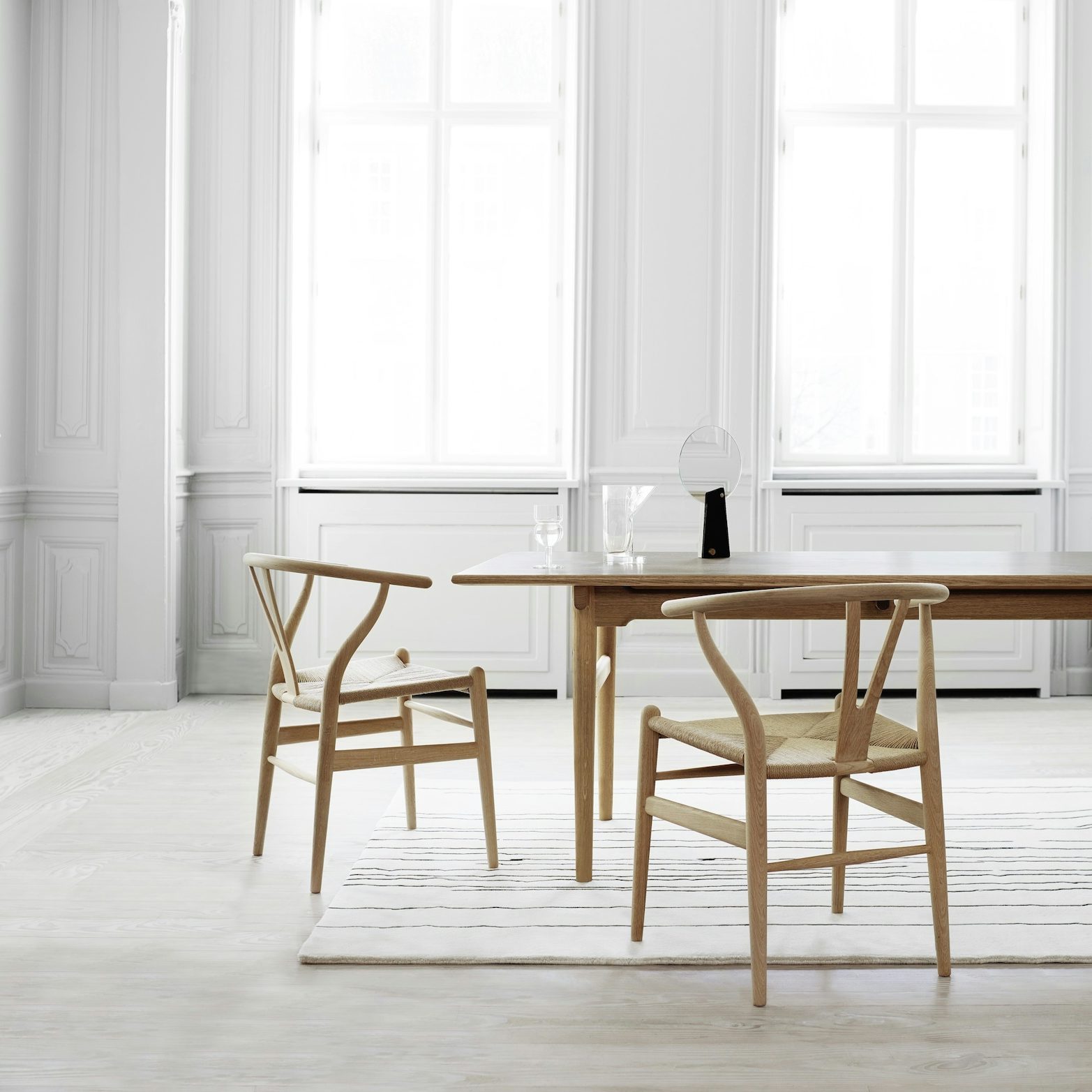
From $1,060
by Hans J. Wegner
for Carl Hansen & Søn
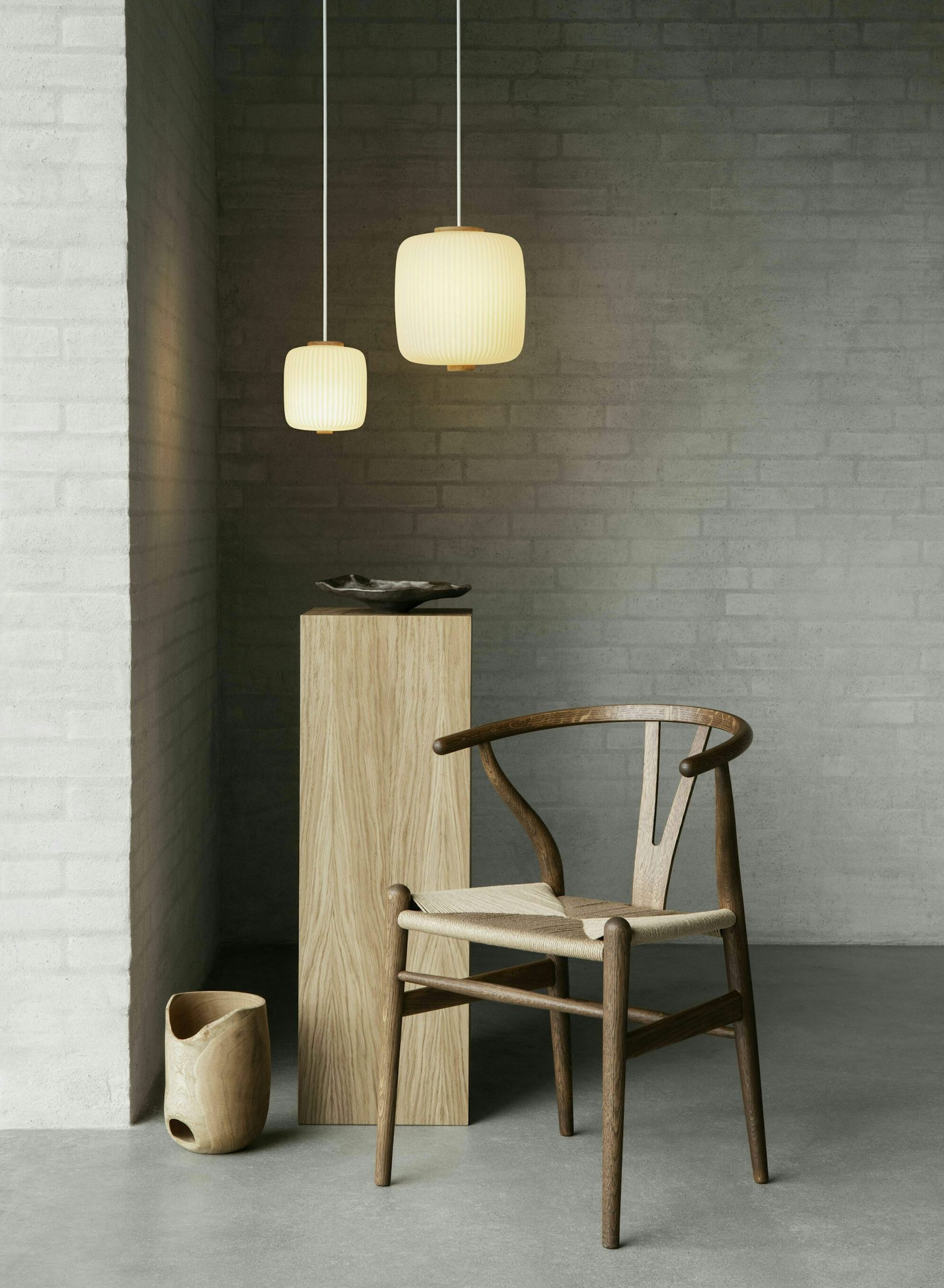
$1,065
by Hans J. Wegner
for Carl Hansen & Søn
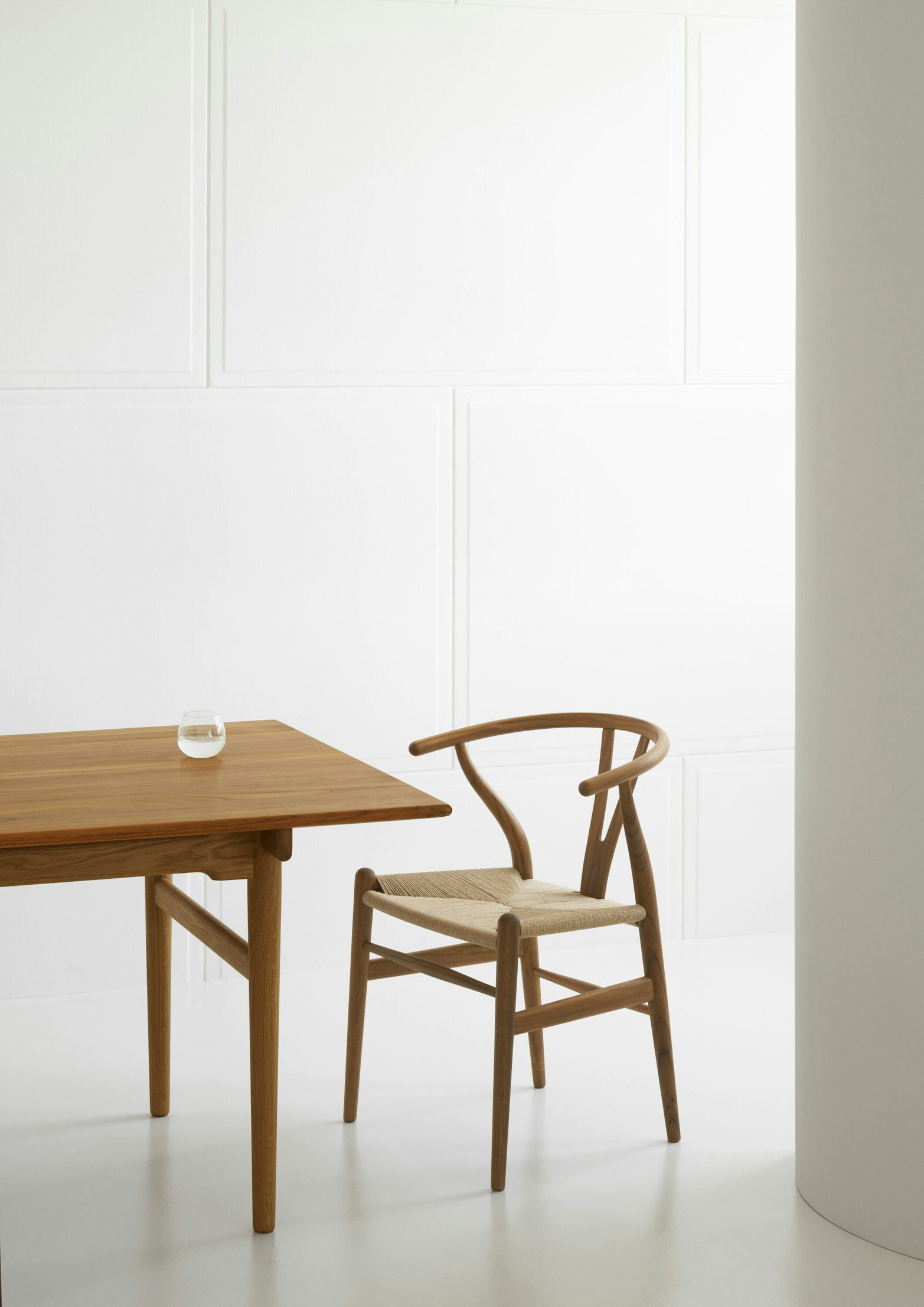
$1,215
by Hans J. Wegner
for Carl Hansen & Søn
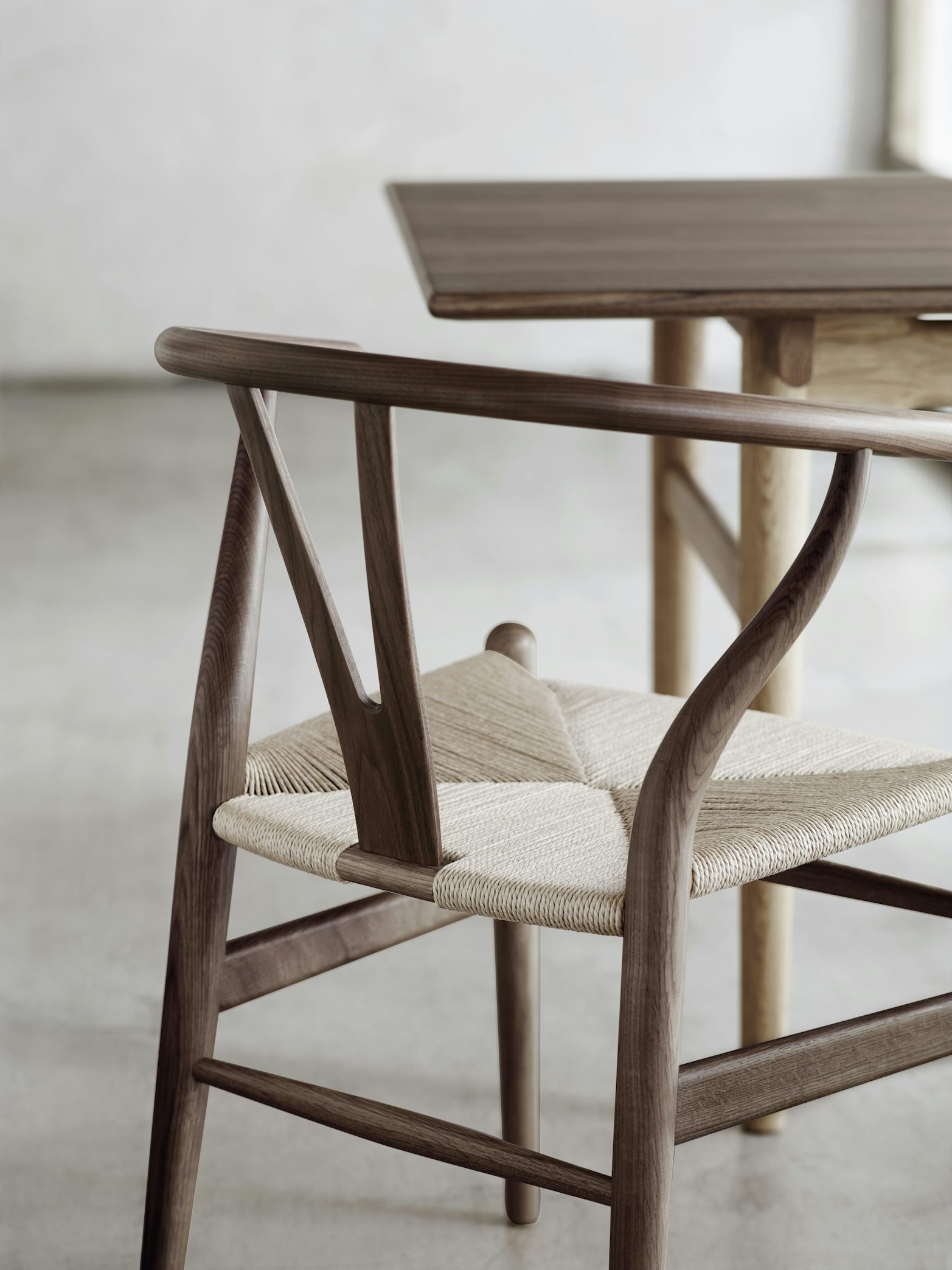
$1,815
by Hans J. Wegner
for Carl Hansen & Søn
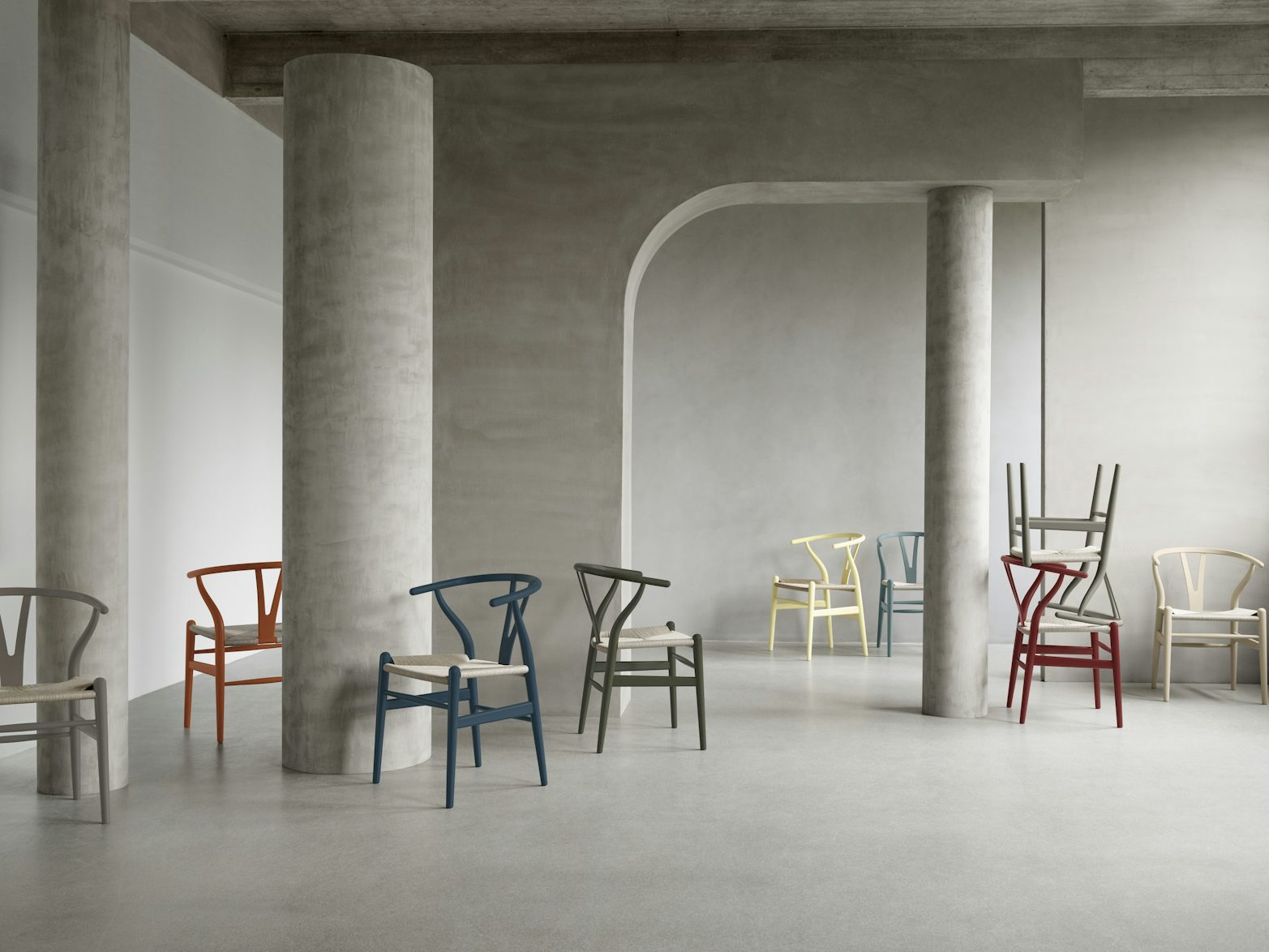
by Hans J. Wegner
, Ilse Crawford
for Carl Hansen & Søn
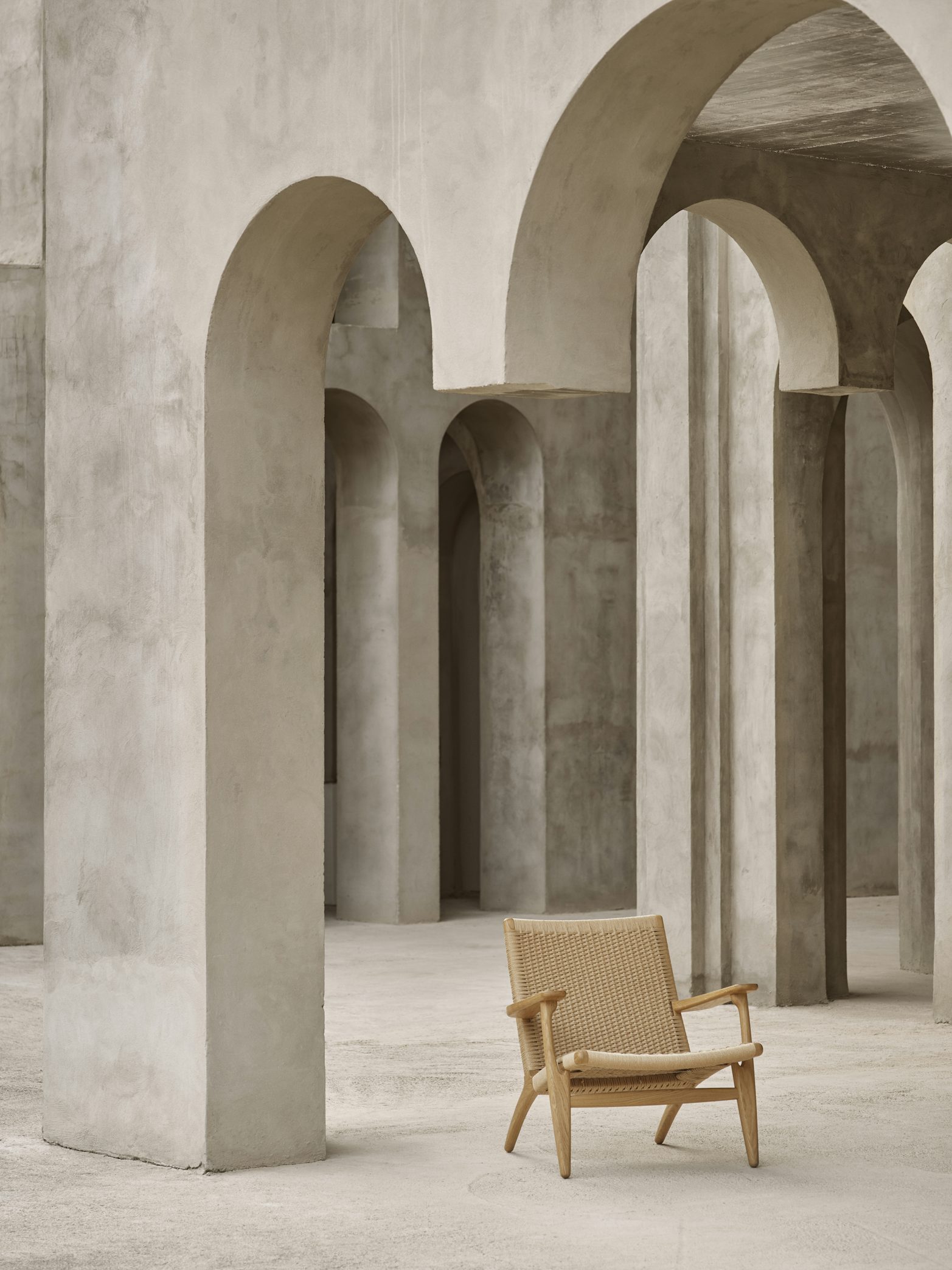
by Hans J. Wegner
for Carl Hansen & Søn
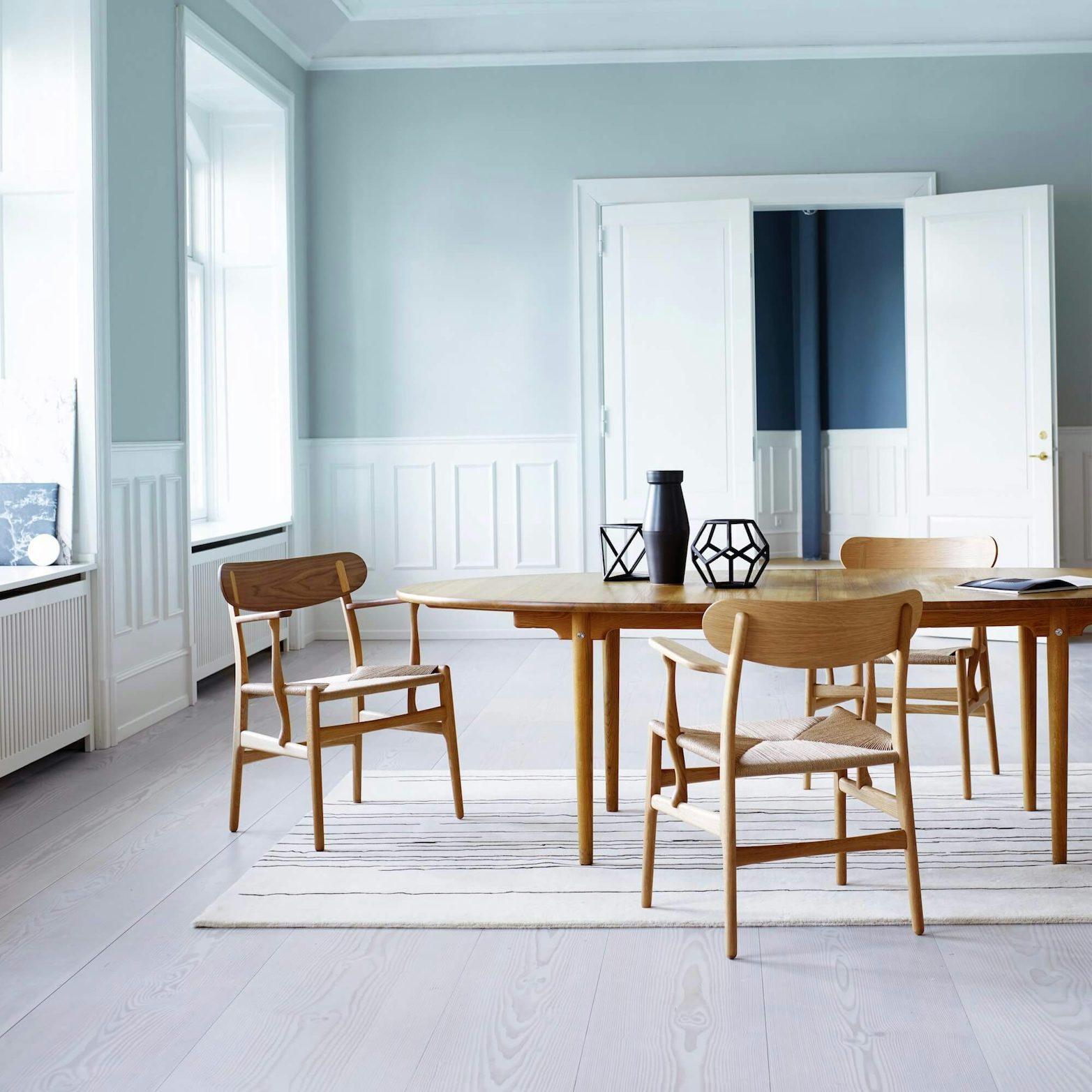
by Hans J. Wegner
for Carl Hansen & Søn

by Hans J. Wegner
for Carl Hansen & Søn
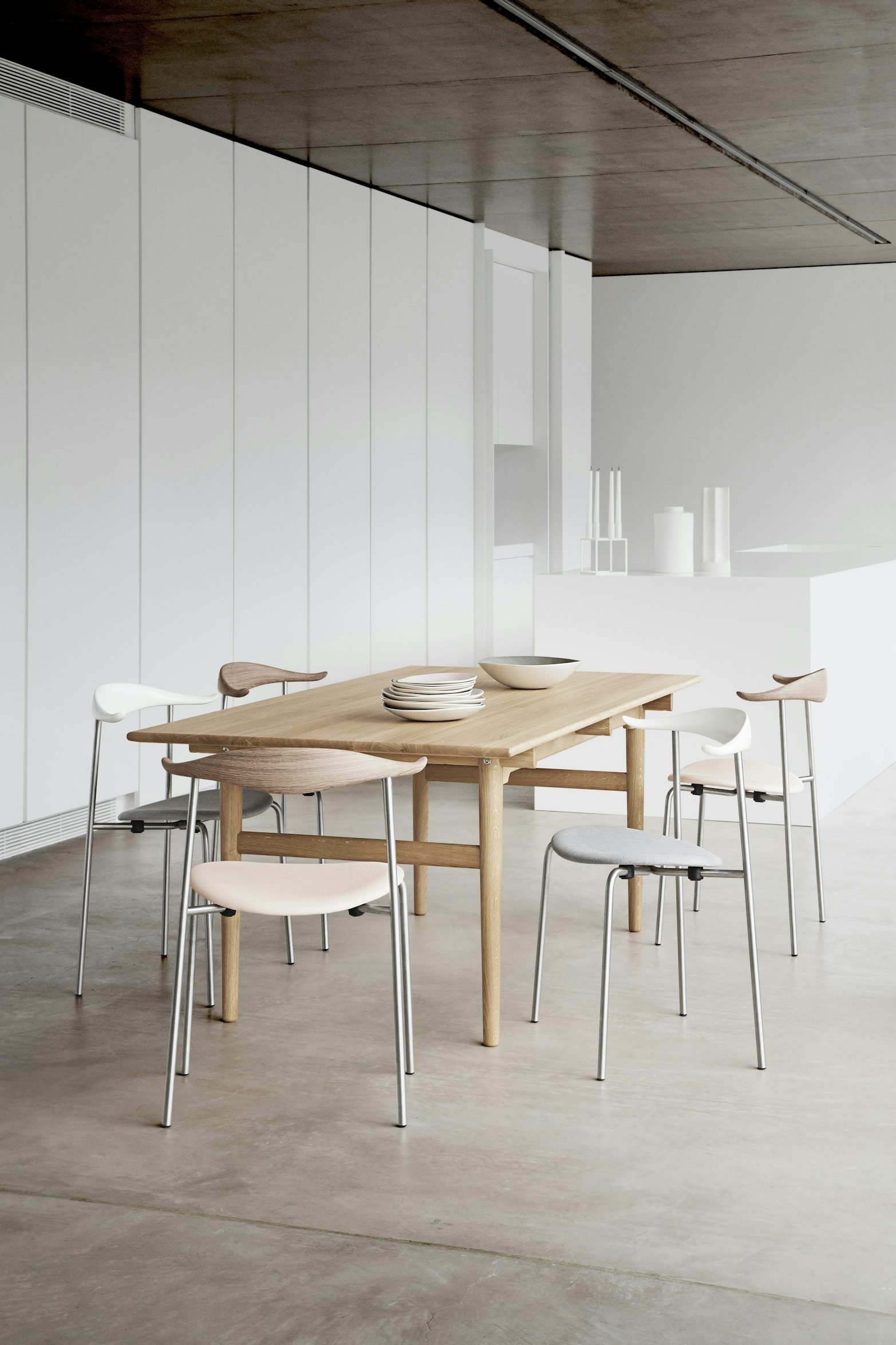
by Hans J. Wegner
for Carl Hansen & Søn
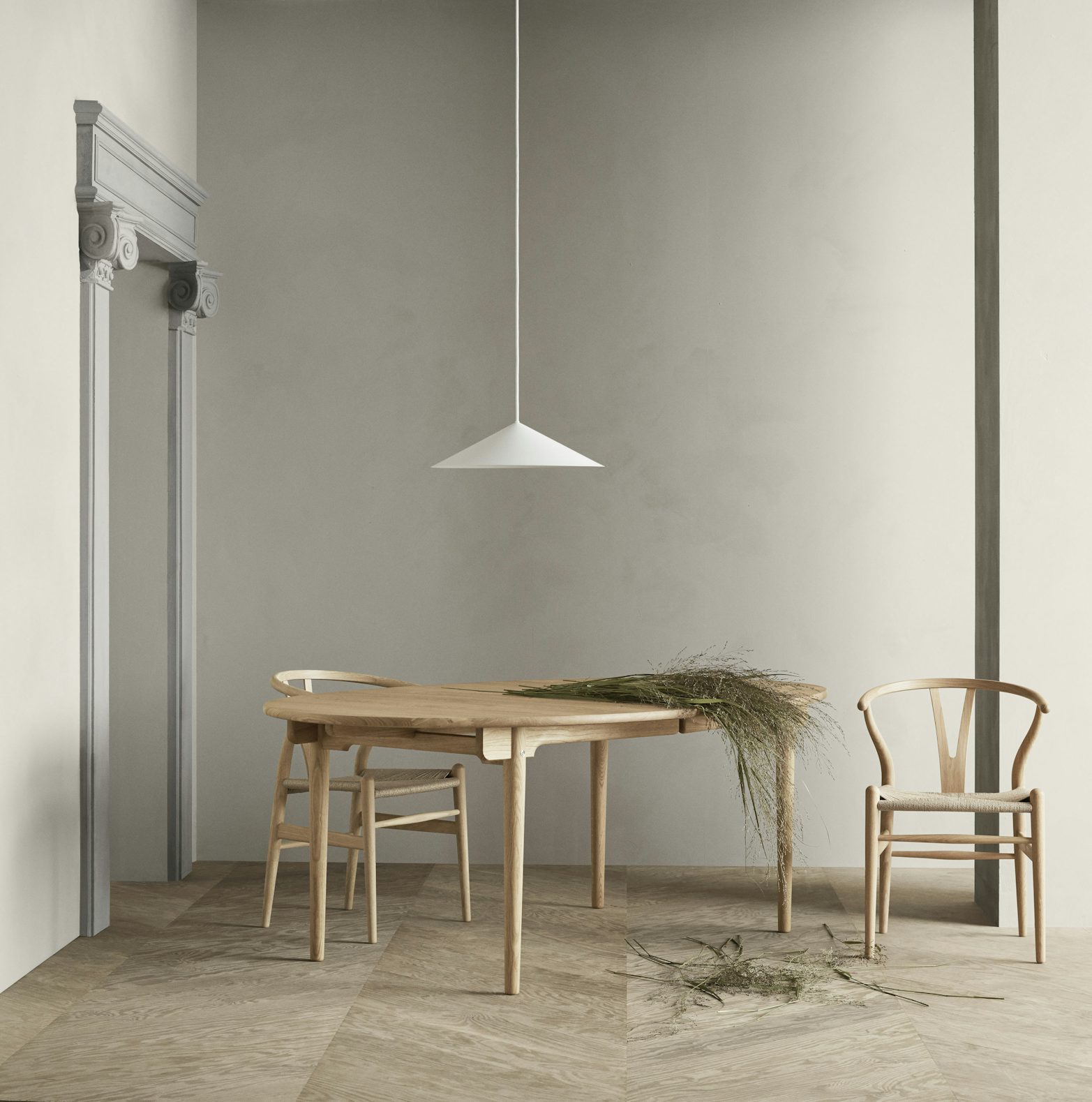
by Hans J. Wegner
for Carl Hansen & Søn
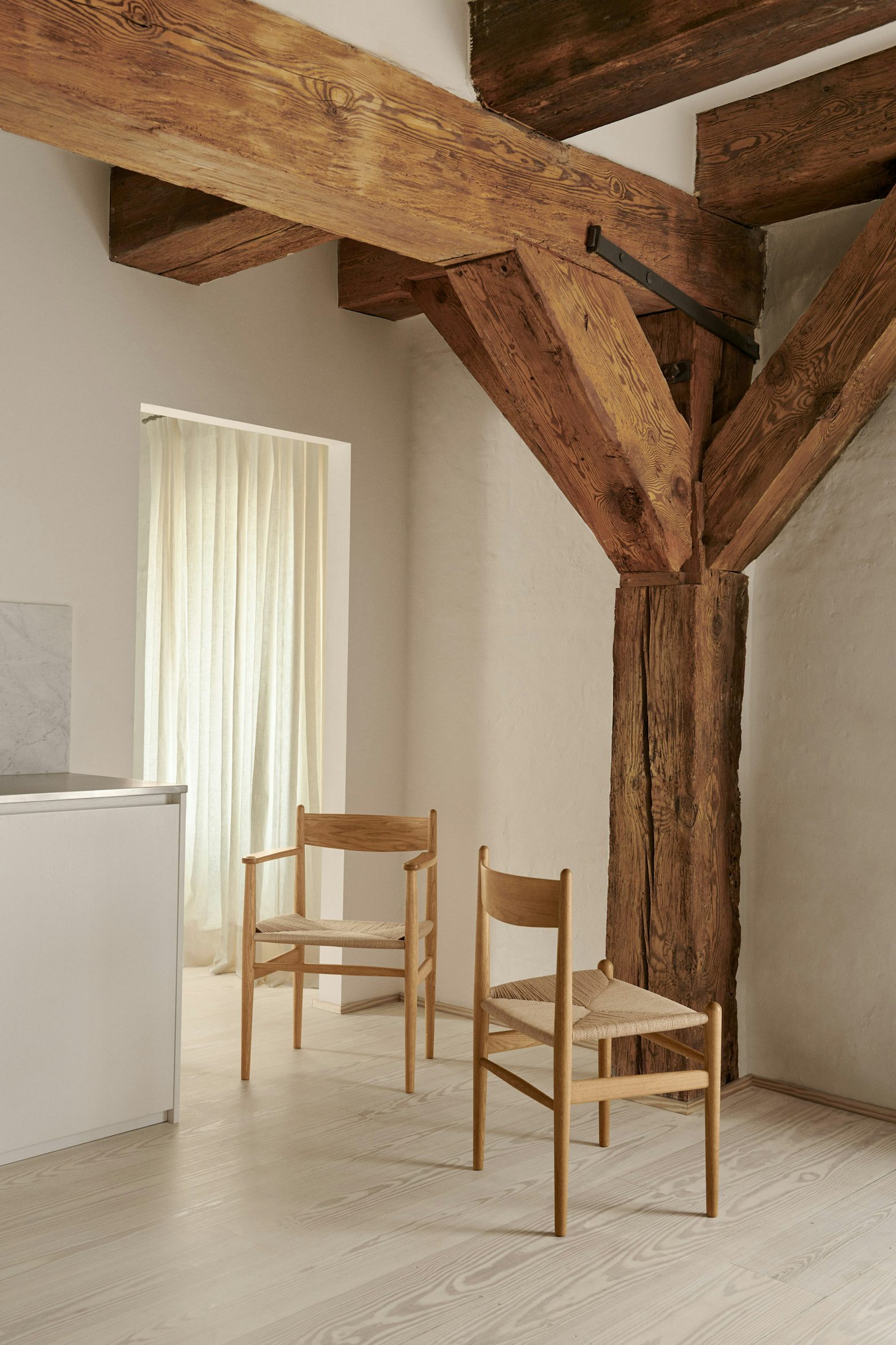
by Hans J. Wegner
for Carl Hansen & Søn
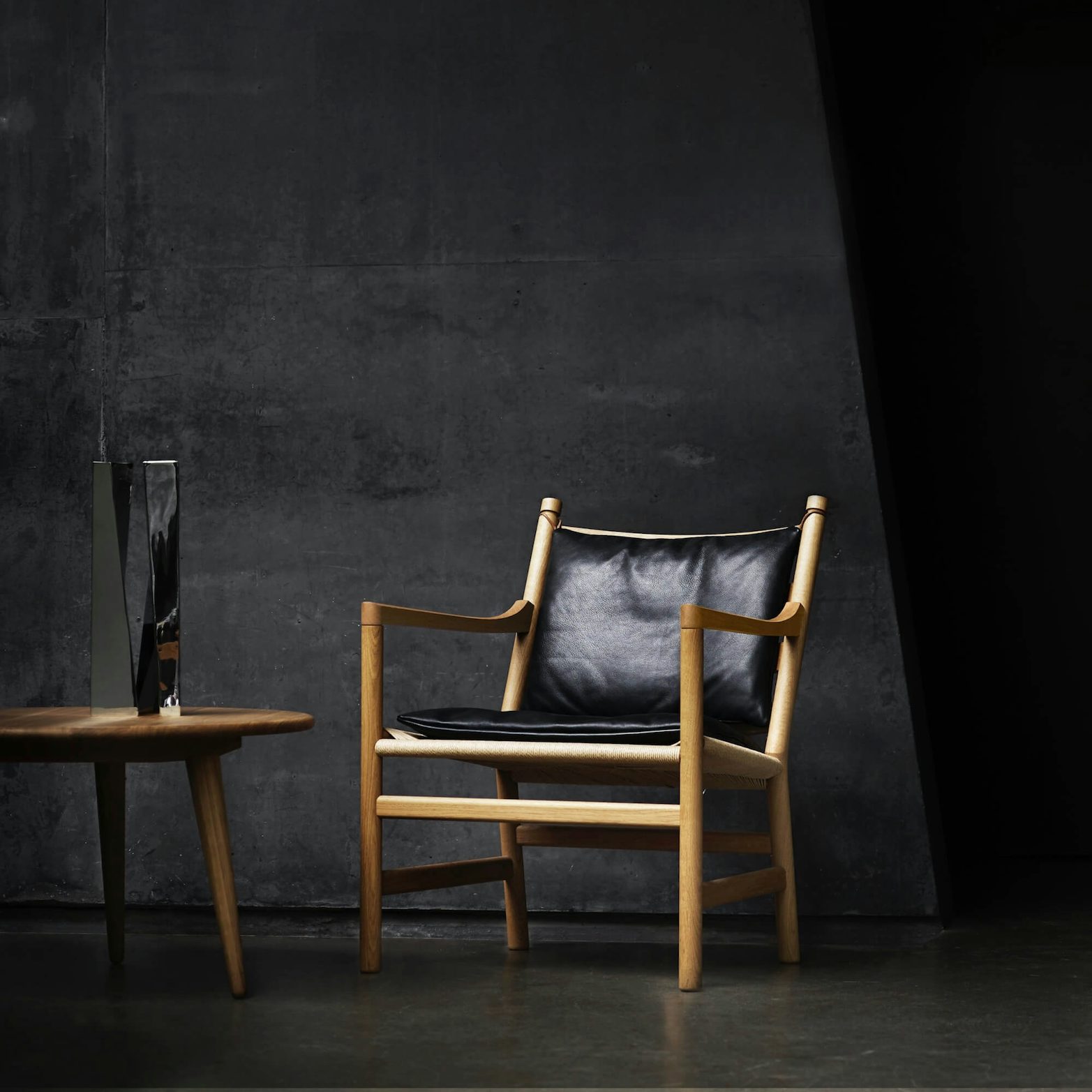
by Hans J. Wegner
for Carl Hansen & Søn
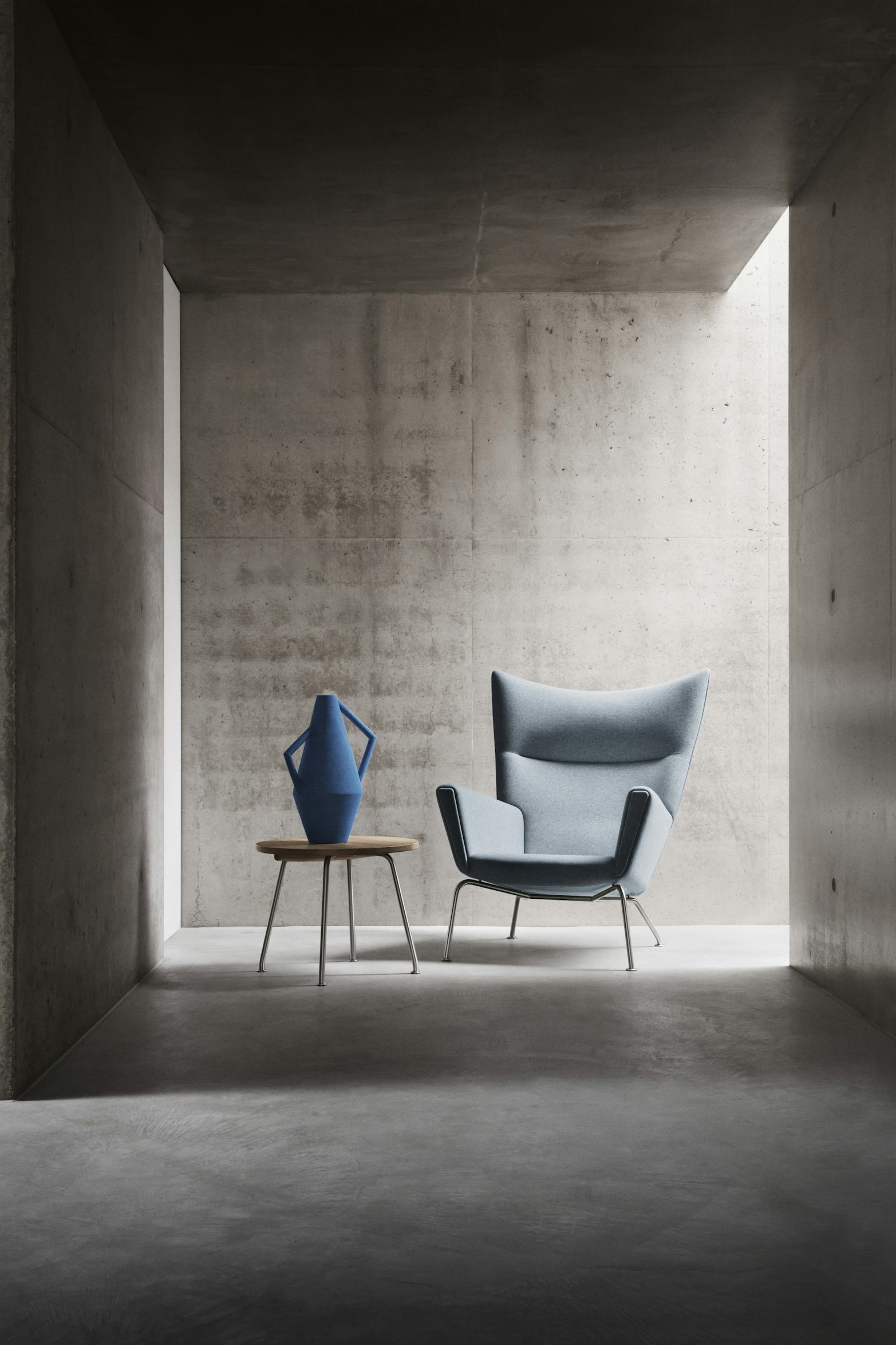
by Hans J. Wegner
for Carl Hansen & Søn
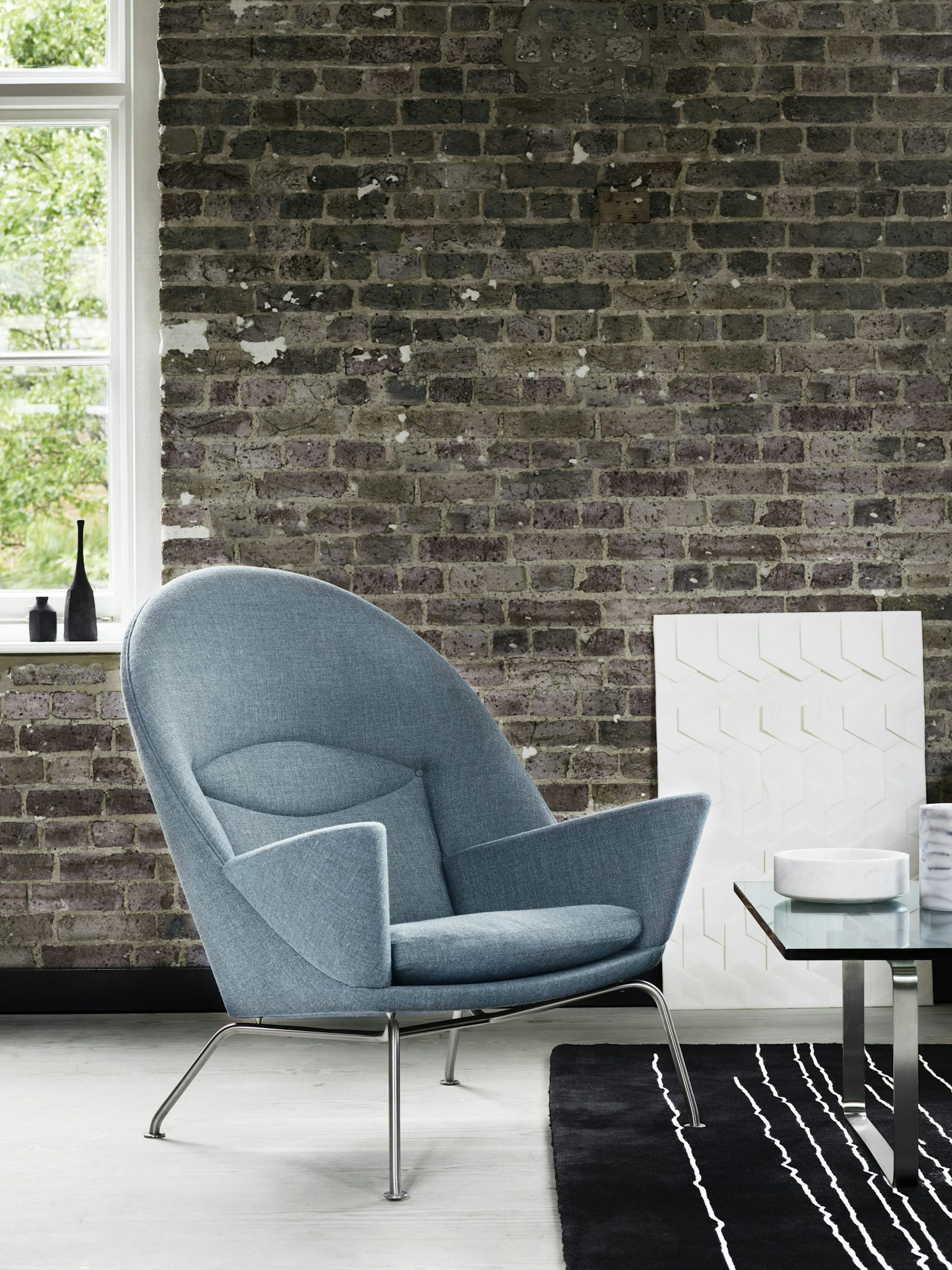
by Hans J. Wegner
for Carl Hansen & Søn